Year of snake charm: Enjoy the snake lantern, celebrate the New Year 2025
Year of snake charm
The year 2025 is the Chinese Year of the Snake. Just like the charming New Year holidays in the past, people can enjoy the Spring Festival is the year of snake charm.
People all over the country who have worked hard for a year are looking forward to this moment, even if separated by thousands of miles and difficulties, going home is the obsession of all the wanderers, enjoying lunar new year lantern with their families, eating delicious food, and enjoying a lively year together with their families is the happiest thing for every Chinese, and it is also the year of snake charm 2025.
Chinese Spring Festival, also known as Lunar New Year, is one of the most important traditional festivals in China. Its origin is closely related to ancient farming culture and sacrificial activities. Legend has it that the Spring Festival originated from the driving away of the “Nian beast.” People use methods like pasting Spring Festival couplets and setting off firecrackers to ward off evil spirits and welcome the new year.
During the Spring Festival, celebrations are rich and varied. People paste red couplets and hang red lanterns to create a festive atmosphere. On New Year’s Eve, the whole family gathers together to enjoy a reunion dinner, sharing delicious food and happiness. On the first day of the new year, people wear new clothes, visit relatives and friends, exchange New Year’s greetings, and offer New Year’s blessings. Additionally, traditional activities such as dragon and lion dances, temple fairs, and viewing lantern of Chinese new year are greatly loved by people, adding joy and peace to the festival.
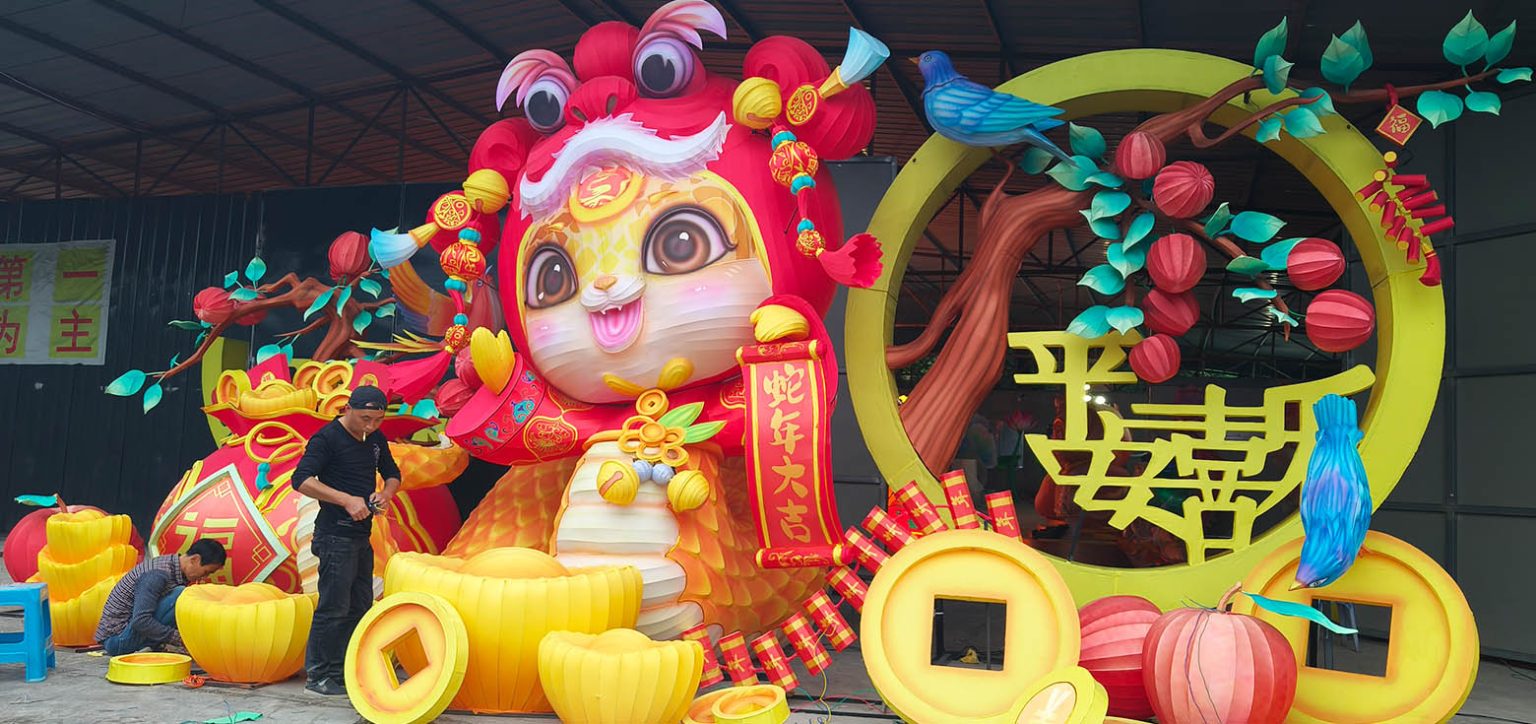
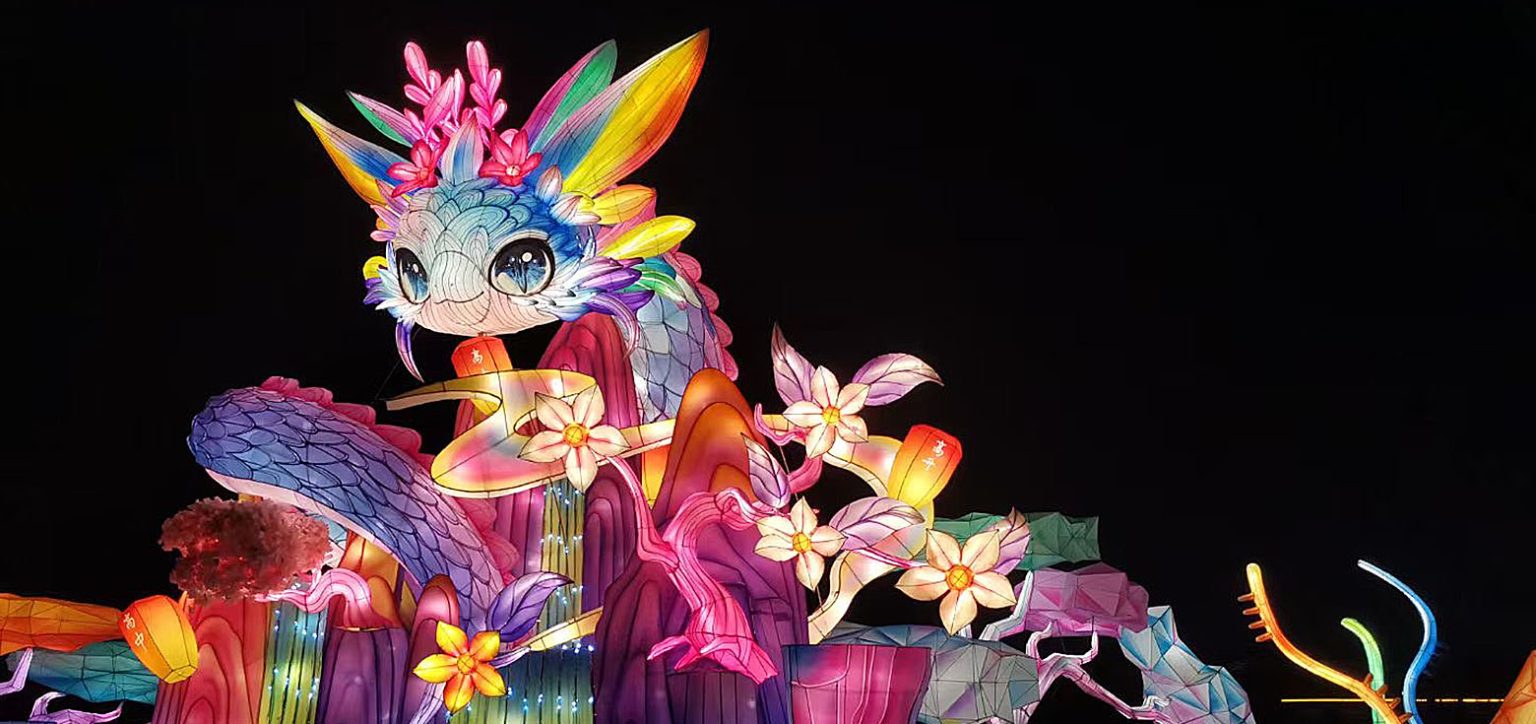
The special of the 2025 Year of Snake charm
The year 2025 is the Year of the Snake in the Chinese lunar calendar. It marks the first Spring Festival celebrated as an “intangible cultural heritage” edition following the successful inclusion of the Chinese Spring Festival in the UNESCO Representative List of the Intangible Cultural Heritage of Humanity on December 4, 2024.
This recognition signifies that the Spring Festival has become a shared cultural heritage of all humanity. This achievement not only enhances the international influence of the Spring Festival but also injects new vitality into the inheritance and innovation of Chinese culture.
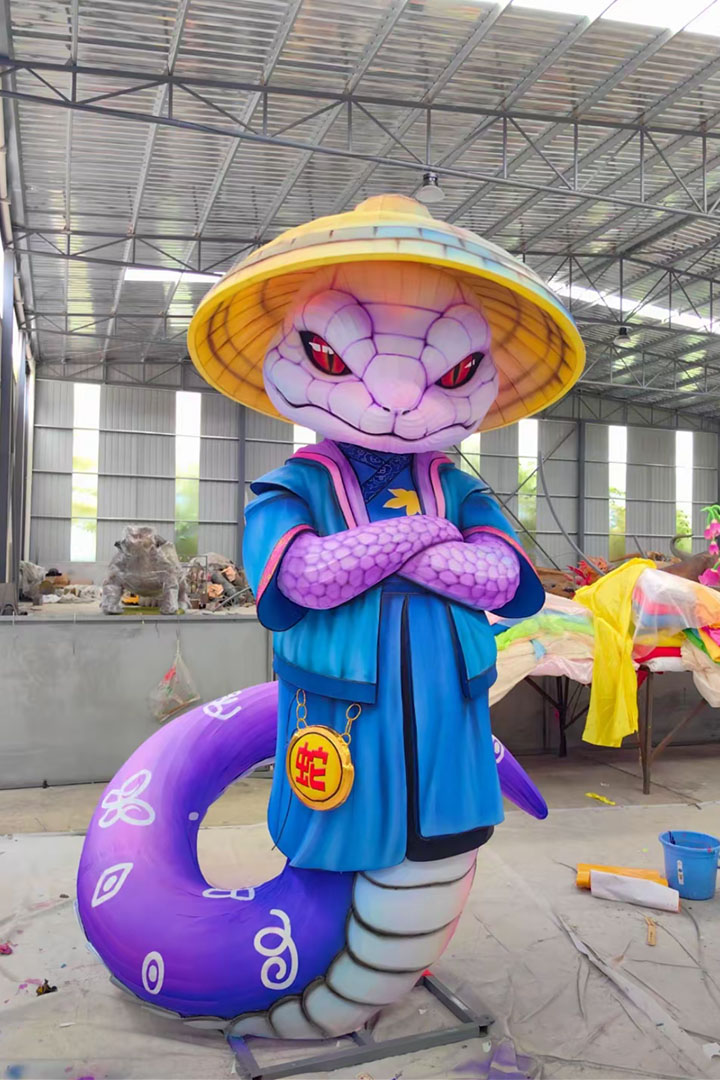
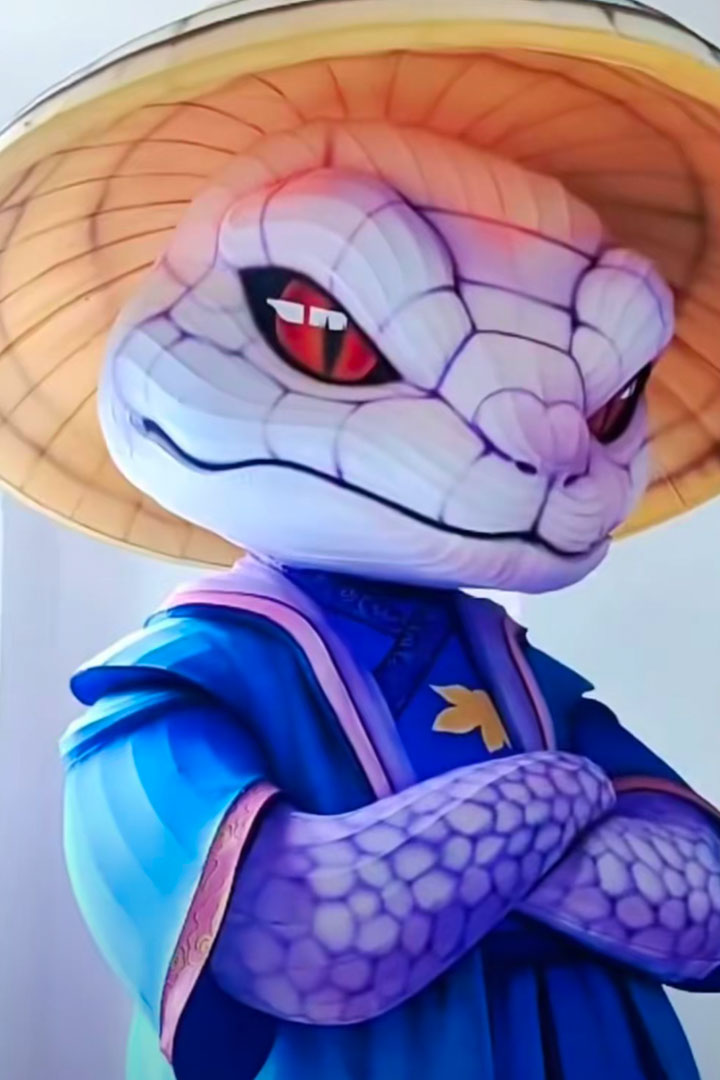
The grand spectacle of the Year of the Snake lantern festivals across various regions.
To celebrate this special lunar new year moment, lantern festivals themed around the snake have been held across the country. The Year of the Snake lantern festivals in various places are unprecedented and spectacular.
The Yuyuan Garden Lantern Festival in Shanghai, themed “Fantastic Tales of Mountains and Seas,” features lanterns shaped like mystical snakes, mushrooms, and butterflies, showcasing the romance of Eastern mythology. The Zigong Lantern Festival in Sichuan is grand in scale, gathering 47 colorful lantern works from across the country and creating 7 themed exhibition areas, where traditional intangible cultural heritage perfectly blends with modern technology. These new year lantern festivals not only create a strong festive atmosphere but also carry forward the excellent traditional Chinese culture.
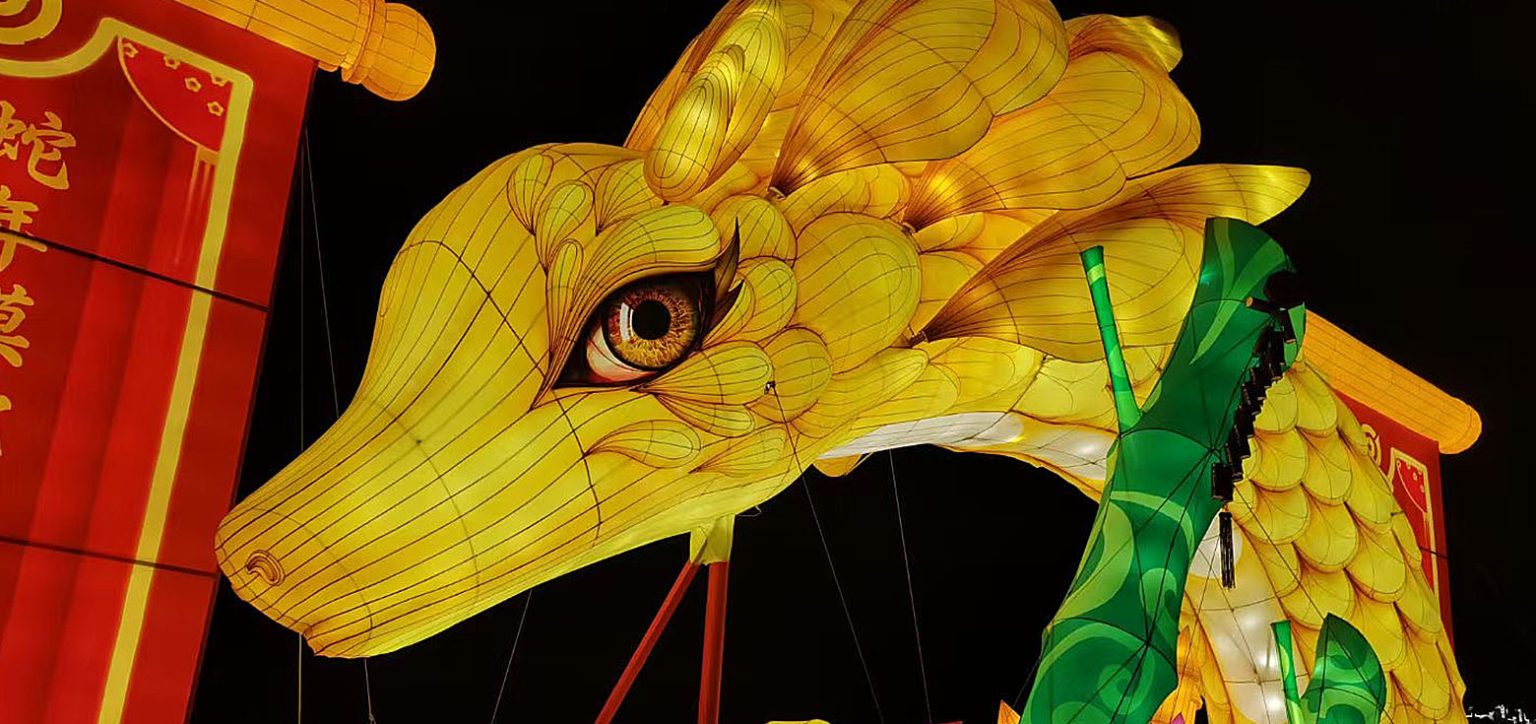
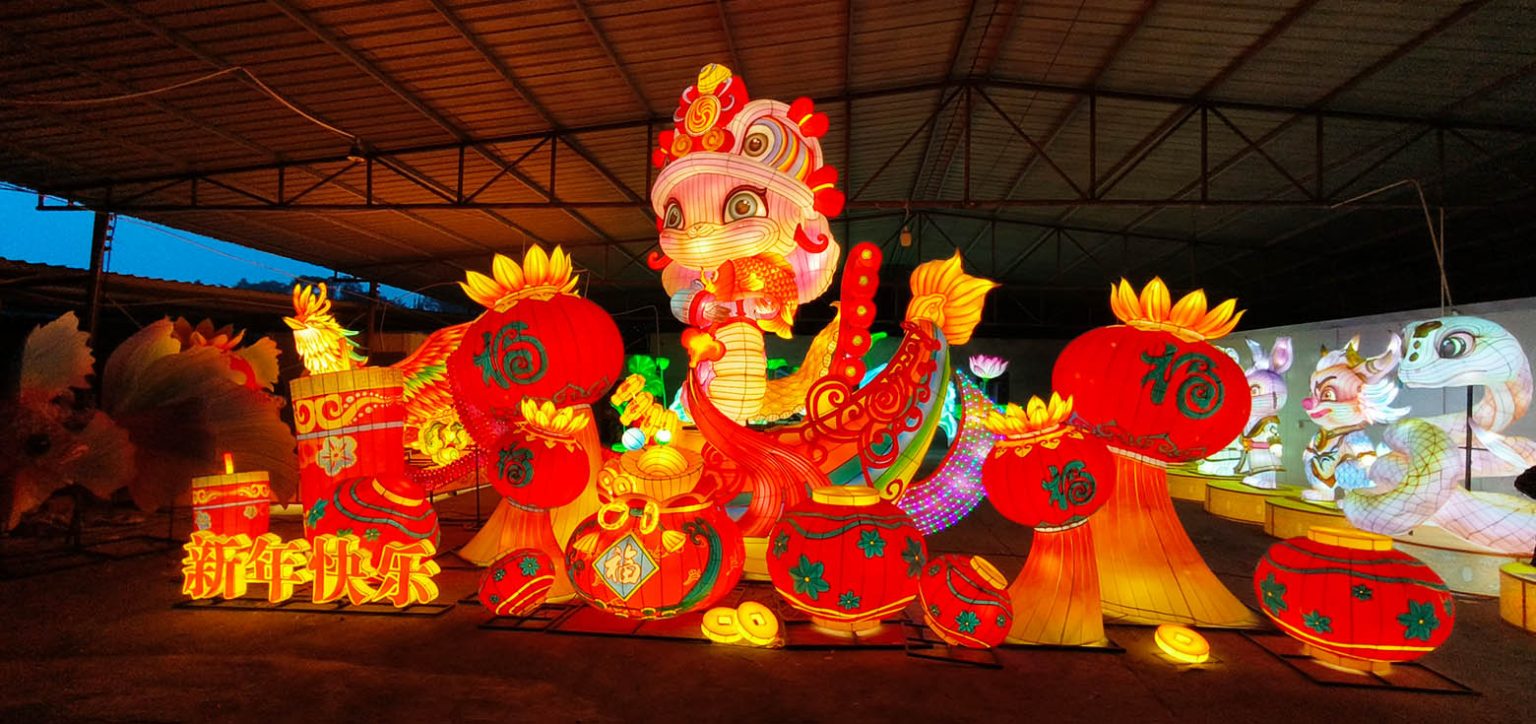
The Origin and Cultural Significance of Lantern Festivals
The origin of lantern festivals can be traced back to the Han Dynasty, initially intended for worshiping deities and warding off evil spirits. By the Tang and Song Dynasties, lantern festivals gradually evolved into important activities for celebrating the Spring Festival, especially the custom of admiring lanterns during the Lantern Festival, becoming a significant part of Spring Festival culture.
Lantern festivals not only symbolize light and hope but also embody people’s good wishes for the New Year. The hosting of the Year of the Snake lantern festivals is both a continuation of traditional culture and a celebration of the successful inclusion of the Spring Festival in the UNESCO intangible cultural heritage list.
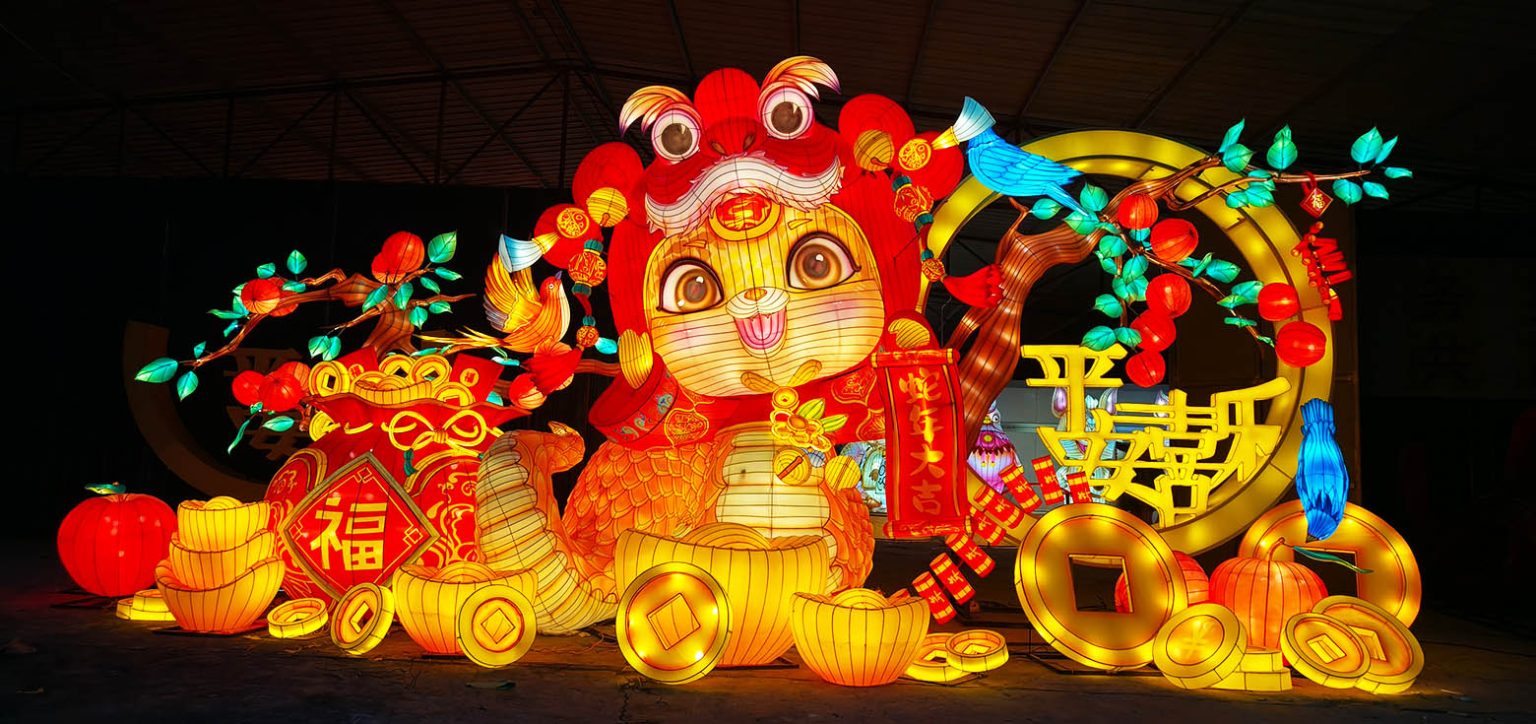
The cute Chinese new year snake lantern, as the highlight of year of snake charm lantern, has attracted much attention with its unique design and symbolism. The 2025 Year of the Snake Spring Festival is both a continuation of traditional culture and a demonstration of cultural confidence. From the origin of the Spring Festival to the grandeur of the lantern festivals, from the success of the UNESCO listing to the artistic display of snake lanterns, all reflect the profoundness and vitality of Chinese culture.





